No products in the cart.
Posture Corrector Back Support
£9.99£14.99 (-33%)inc VAT
- 1x Back support posture corrector designed make you look taller and ease shoulder, neck and back pain by training you to overtime stand straighter with better posture
- For both men and women
- One size fits all with adjustable buckle to helps you find the perfect fit
- Improves posture by correcting common posture problems such as sway back, thoracic kyphosis, lumbar lordosis, rounded shoulders, slouching and forward head
- Easy to wear. Simply put the back support on like a backpack
- Discreet and non bulky – can be worn under or over your clothes
- Made from high quality soft touch fabric material that is both lightweight and extremely durable
- The secure adjustable straps prevent the back support from moving around whilst wearing
- Corrects sitting position helping to prevent back pain whilst sitting for long periods of time
- Ideal for general everyday use and wearing whilst playing sports or running
- Washable and odour resistant, features breathable holes to help better circulate air preventing sweat and keeping your back feeling cool
- Includes full 30 day money back guarantee if you are not 100% satisfied with your purchase!
Standing tall with good posture, has been shown to only dramatically boost self-esteem as well as improve they way others perceive you. Research has shown that individuals with improved posture have a marked increase in confidence levels. The straightening of your spine not only physically makes you taller but also exudes an aura of assurance and authority.
Now, having good posture is easier said than done. It’s a tricky habit to develop and an even harder one to maintain. Despite our best efforts, the human body tends to revert to its comfort zone, which, unfortunately, often means a slouched stance and poor posture.
This is where the game-changing innovation of a posture corrector comes into play.
A posture corrector is an innovative device designed to assist in maintaining a healthy posture. It works by training your body to stand, sit, and move in the way that protects your spine from excessive strain, thereby helping you retain or even gain a few inches of height. The posture corrector doesn’t just work on your physical appearance, but it’s also a powerful tool for fostering internal confidence. By wearing it, you’re taking a proactive step to improve your health, boost your self-esteem, and project a more confident image to the world.
But how often should you wear it? While individual needs may vary, most health experts suggest starting with short intervals of around 15-30 minutes a day, gradually increasing the time as your body adapts to the new posture. Remember, the posture corrector is not a quick fix, and it should be used in conjunction with regular physical activity and strength training to achieve the best results.
Why choose the BackReviver posture corrector
BackReviver has developed a ground-breaking product designed to improve your posture, and in turn, enhance your overall well-being and even make you appear taller.
This new posture corrector is specifically designed to support your spine and shoulders, keeping them in an optimal position that promotes good posture. By doing so, it aids in breaking bad posture habits you may have developed over time, such as slouching, hunching forward, sway back, thoracic kyphosis, lumbar lordosis, rounded shoulders, and forward head.
It’s ergonomically designed to fit comfortably around your upper back, securing easily just like a backpack. Constructed with lightweight neoprene material, it ensures breathability and moisture wicking. This is an essential feature, especially for those who will be using the posture corrector for long periods of time.
Moreover, our posture corrector has been designed with discretion in mind. It fits seamlessly under your normal everyday clothing without adding any extra bulk. This means you can benefit from its effects without anyone knowing you’re wearing it. You’ll be able to maintain your style while reaping the benefits of improved posture.
The benefits of this posture corrector extend beyond just improving your posture. It’s been found that the additional support and compression provided by this innovative posture corrector can alleviate discomfort in the shoulder, neck, and upper back areas. For those recovering from back-related injuries, the posture corrector can be an invaluable tool for improving and speeding up recovery.
To sum it up, the BackReviver posture corrector is a versatile tool that not only enhances your appearance by improving your posture and giving you a taller appearance but also aids in maintaining a healthy back and relieving pain. It’s easy to use, discreet, and comfortable to wear for extended periods. So why wait? Empower yourself with the BackReviver posture corrector and start enjoying the benefits of improved posture today!
9 Reviews For This Product
Fast & Secure Checkout Through Paypal
Pay with Paypal the secure payment gateway that accepts all credit and debit cards. Paypal is free and secure and no credit or bank information is ever stored or shared with us.
Fast Dispatch
Enjoy your items soon with quick dispatch via Royal Mail First Class. Expect to have your items between 1-3 days for domestic orders. 7-10 Working days for international orders.
Return Policy – 30 Day Money Back Guarantee
We are so confident that you will just love our product that we offer a full 30 day money back guarantee. In the unlikely event, you are unhappy with your purchase you can simply return it within 30 days for a refund. Please contact us via the form on the contact us page to start your return.
To return an item please send it to: Nuova Health UK, 81 Highfield Lane, Waverley, Rotherham, S60 8AL. Please include a note with your order id so we know who to refund. Please retain your postage receipt as proof of postage. All that we ask is that the item is in the original packaging and unused.

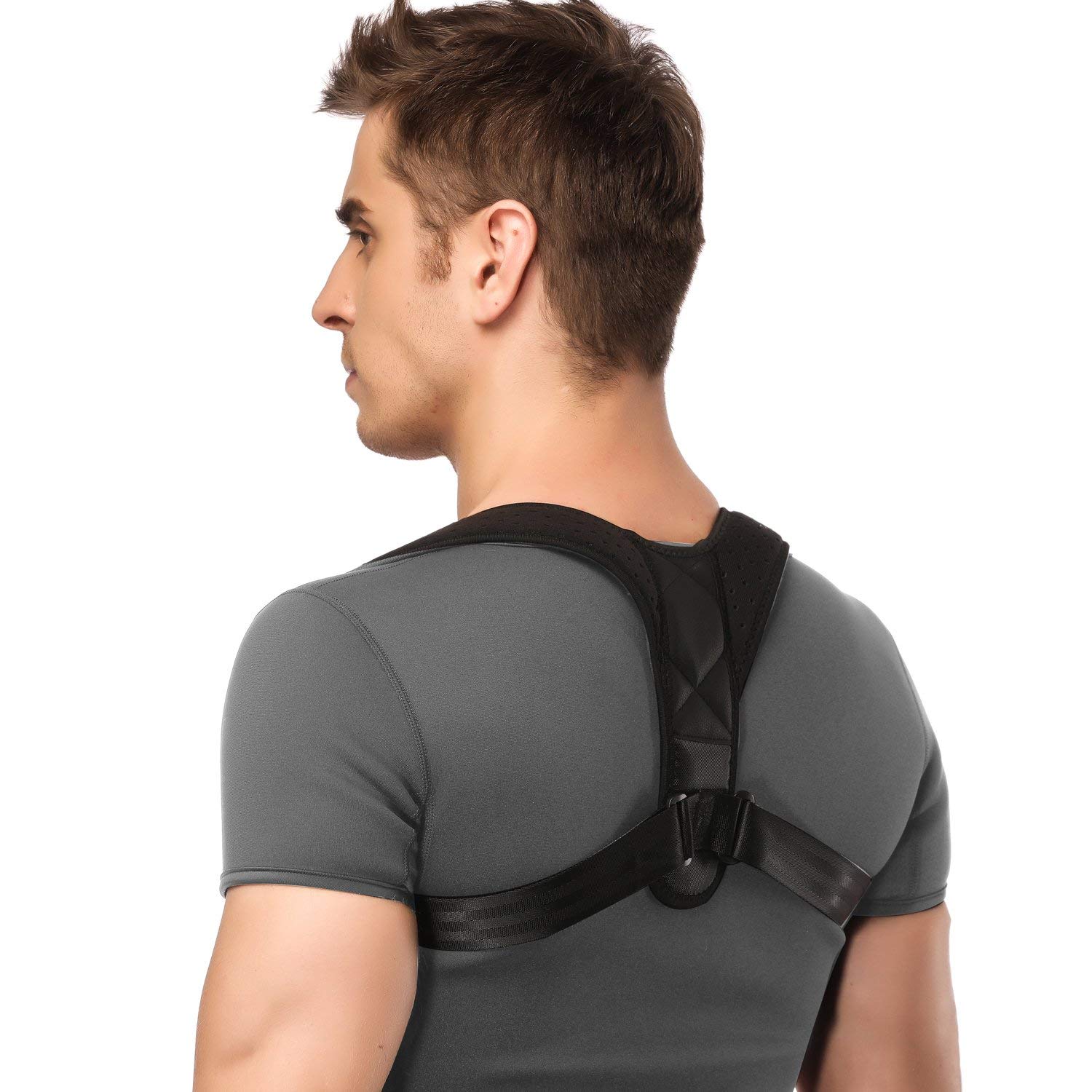
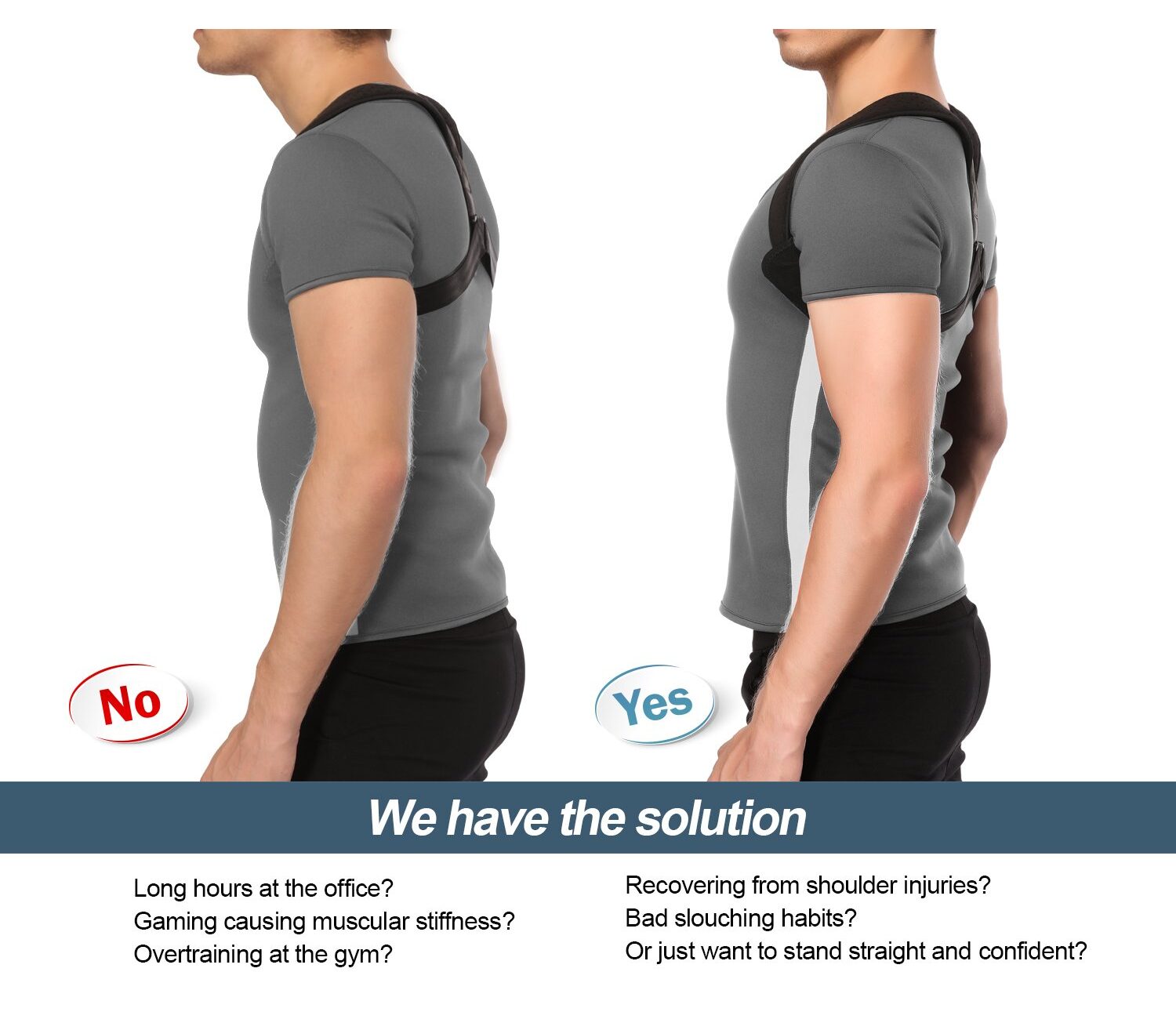
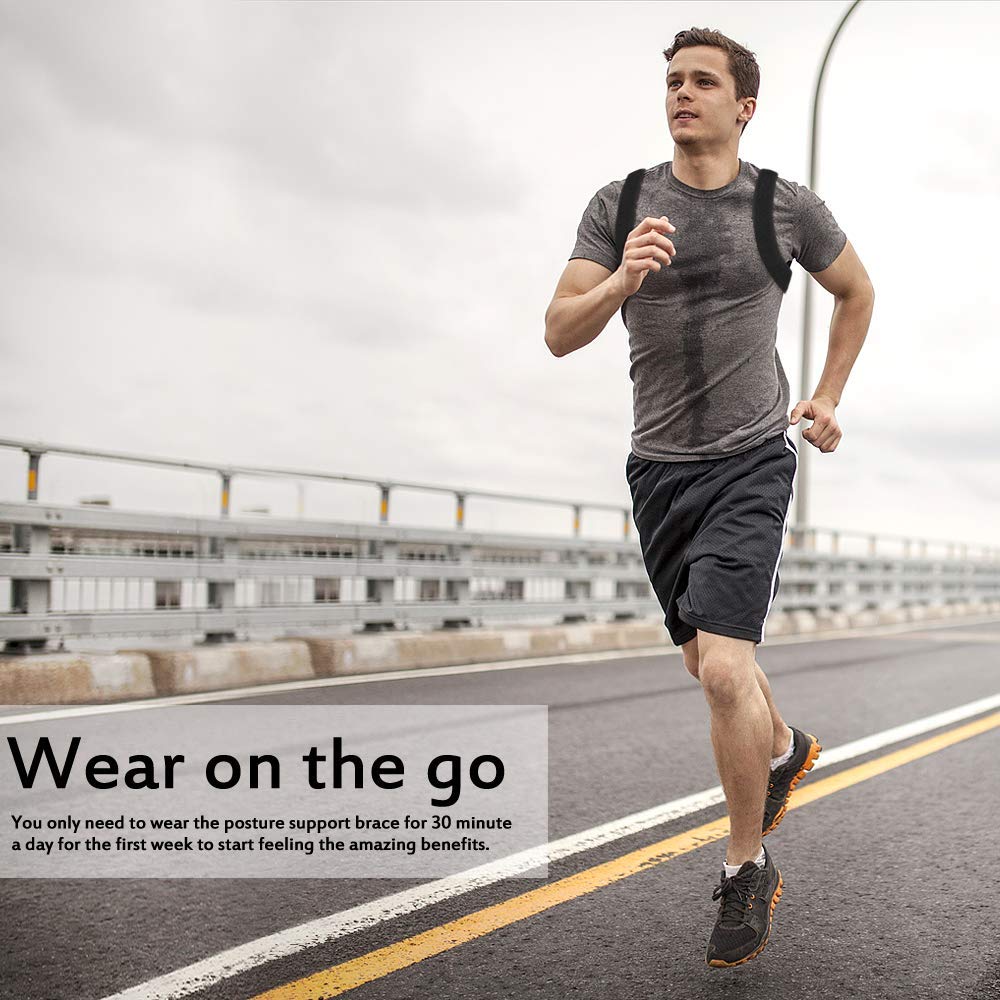
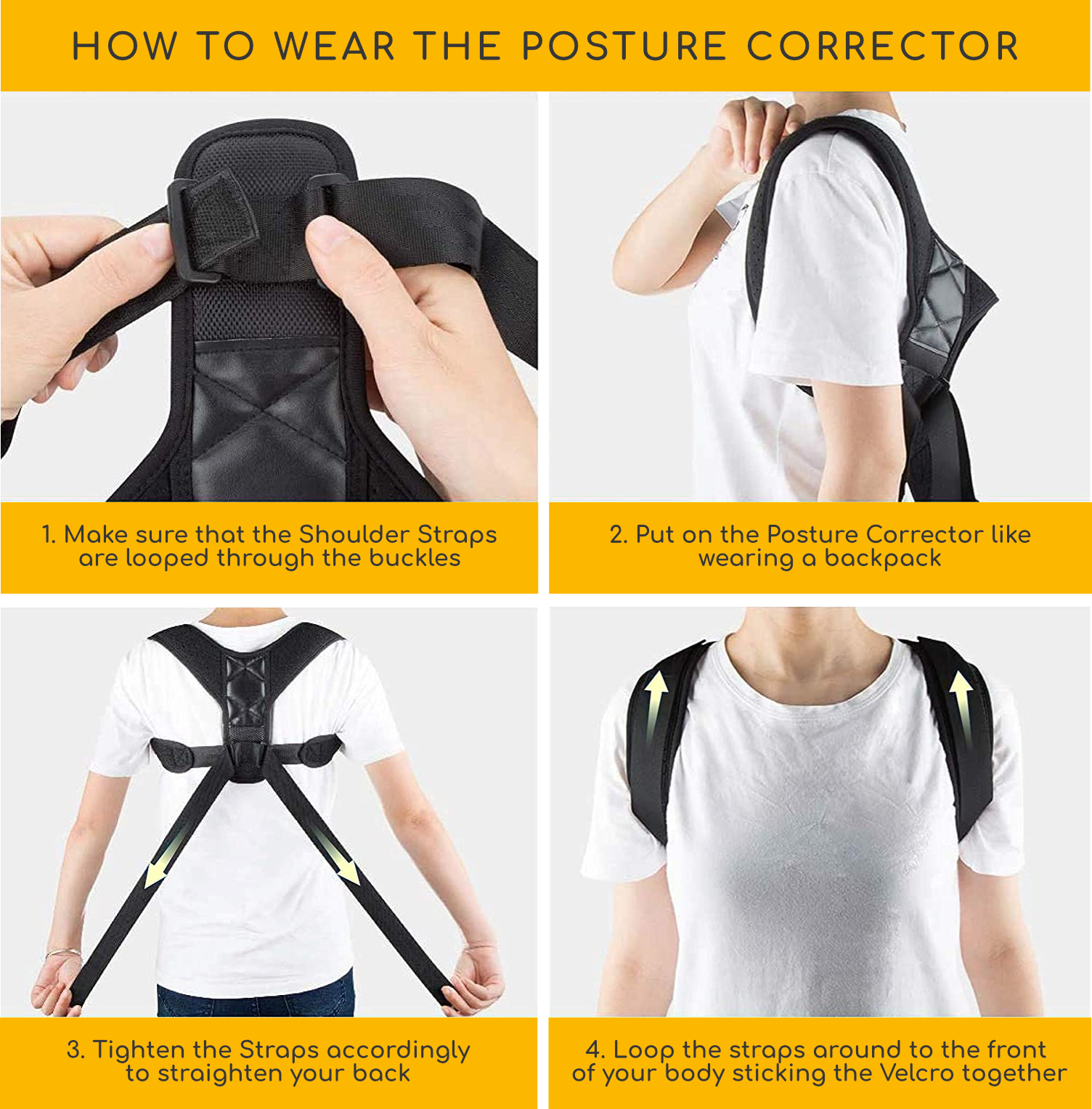
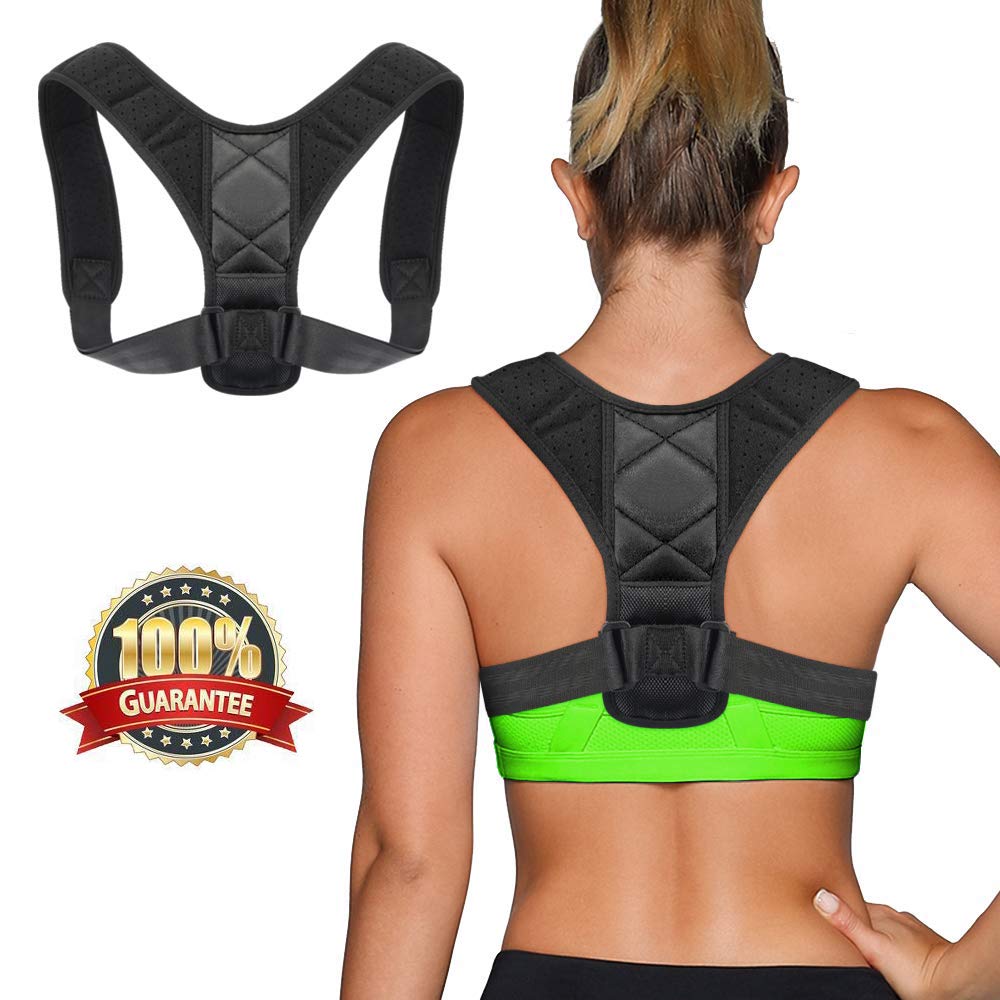
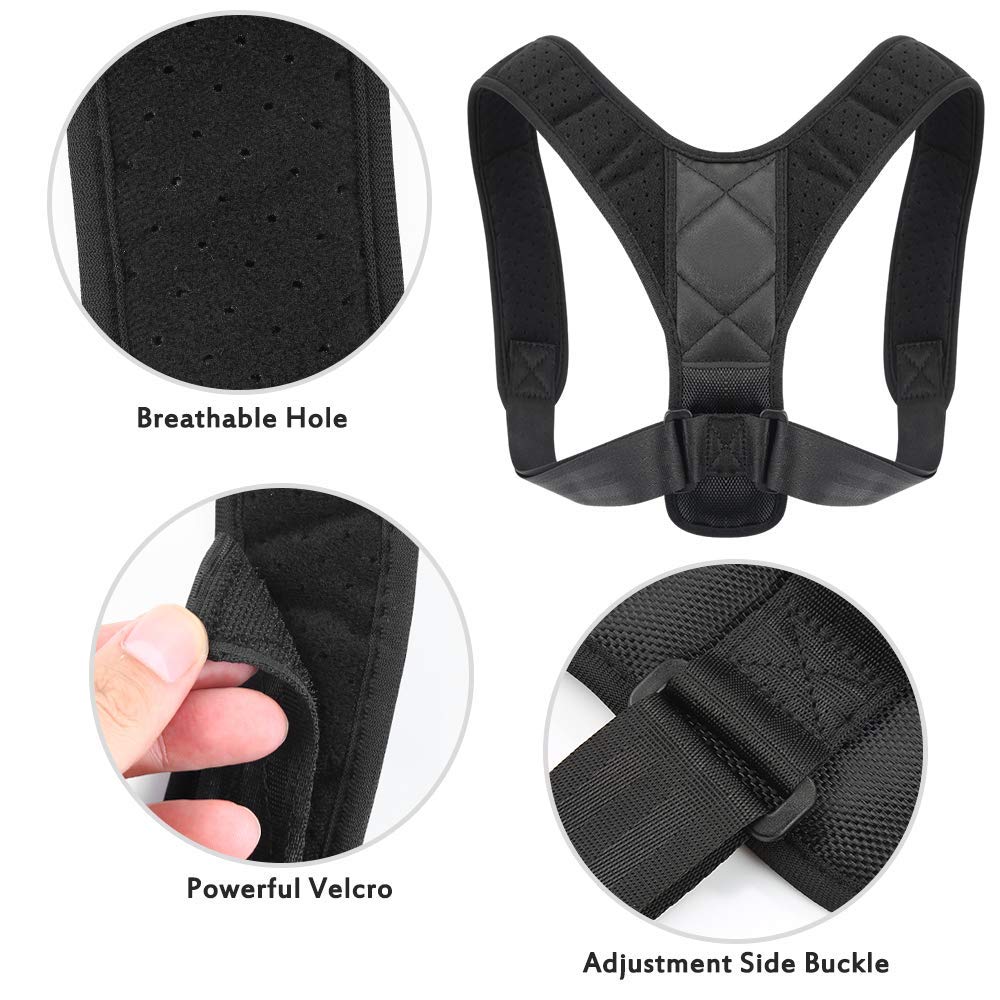

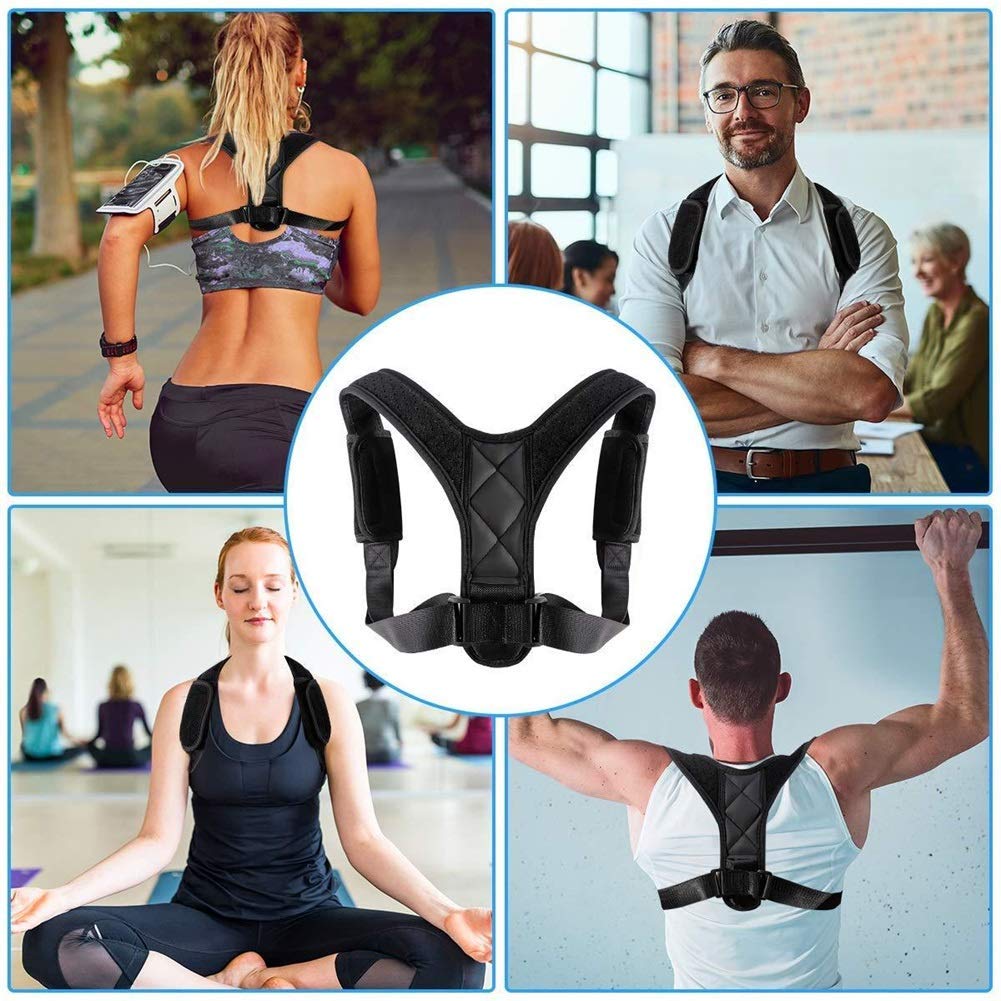
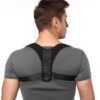
by TERENCE BURCHETT
Fits great and after wearing for about 2 weeks have seen noticeable improvement in my posture. Cheers.
by Nicolas
Worked like a charm!
by Askor Ali
This is so comfortable it is perfect for me I can wear this all day no problem
by Dave
As a frequent runner, I’d often come home with an aching back. This posture corrector has been a great help. Lightweight and easy to wear, I hardly notice it. Best part? My back’s been feeling loads better. I’d recommend this to anyone who needs a bit of help with their posture.
by Sarah Brown
My physio recommended a posture corrector after a back injury. This one was a great choice. Its design is smart and subtle, so I can wear it throughout the day. I’ve seen a noticeable difference to my posture in just a few weeks. A well-earned 5 stars!
by Ian
As an office worker, I’ve been plagued by poor posture and constant backaches for years. This posture corrector has been a game-changer. It’s easy to wear and doesn’t restrict my movements. It’s helped me maintain a straight back and reduced my backaches!!!
by James Williams
Noticed my shoulders were rounding a bit – not a good look! This corrector has helped me stay upright, especially during my gym sessions. It’s easy to put on and feels sturdy. It’s a fantastic product for anyone who wants to correct their posture.
by John Anderson
This posture corrector has been a real help in my recovery from a back injury. I was skeptical about it at first, but after wearing it for a couple of minutes each day, I can’t deny the improvement in my posture. It’s lightweight and slips on like a backpack, making it easy to wear during my runs and workouts. The best part is how discreet it is under clothing, allowing me to wear it without anyone even noticing. It has made a noticeable difference in preventing me from slouching and hunching forward, especially during long work hours working at a desk. However, I’ve deducted a star because it took me a while to adjust to it, but once I did, it was a breeze.
by Fatima Rahman
I bought this for my husband, who’s constantly complaining about back pain and it has worked wonders for him. He wears it during his office hours, and it’s made a noticeable difference.
He’s more upright and less grumpy. Even our evening walks are more enjoyable now. The posture corrector is sturdy, yet comfortable. Easy to adjust. I might even get one for myself. Who doesn’t want better posture?